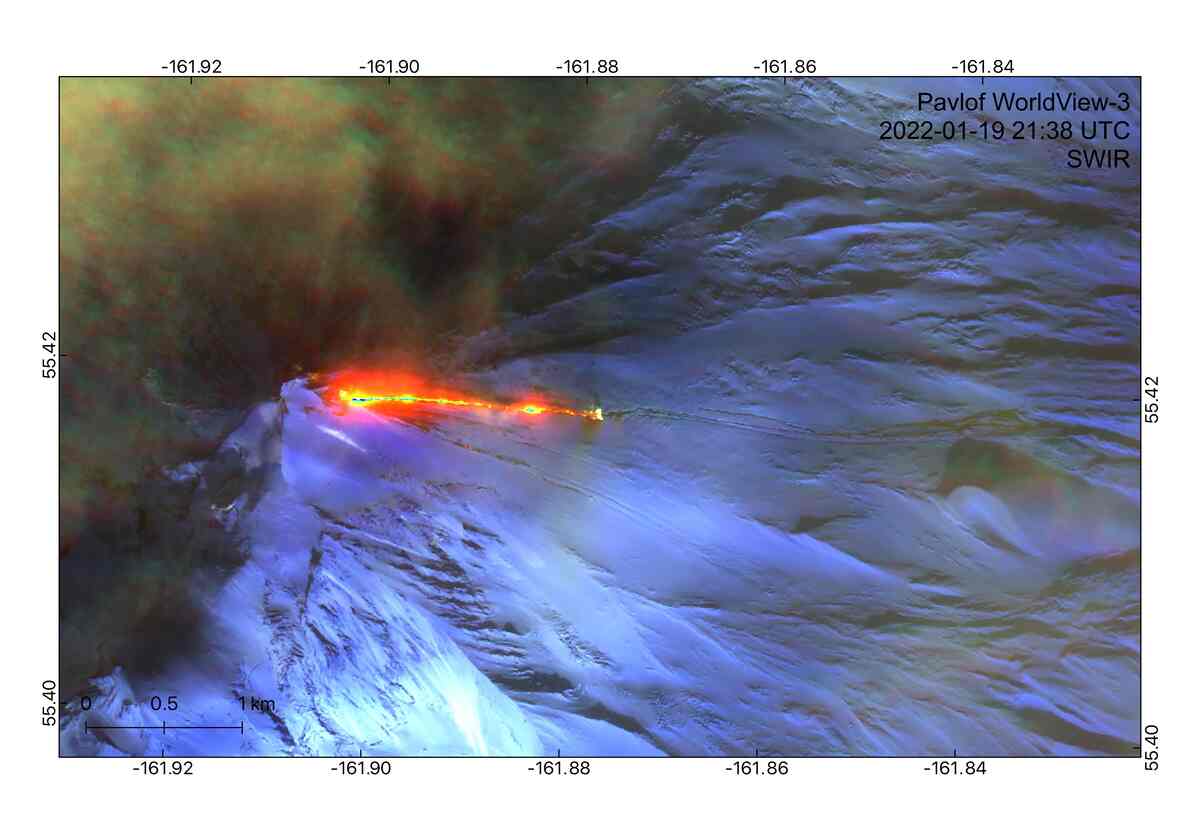THE LATEST
UAF develops system to predict volcanic tremors

In the field of earth sciences, a pioneering initiative has been developed by the University of Alaska Fairbanks (UAF), which has the potential to revolutionize our comprehension of volcanic activity. Graduate student researcher Darren Tan and his interdisciplinary team at the UAF Geophysical Institute, along with the power of machine learning, have created an extraordinary innovation in volcanic monitoring.
A new automated system, introduced to monitor and classify continuous vibrations at active volcanoes, represents a significant advancement in our efforts to understand and predict volcanic tremors. Tan's innovative work demonstrates the transformative potential of using artificial intelligence, specifically machine learning, to recognize patterns and make decisions regarding volcanic behavior.
The system, meticulously developed by Tan and his team, offers the possibility of eliminating the time-consuming manual recording of volcanic tremors. By utilizing machine learning's capability to learn from extensive datasets and identify subtle patterns, the automated system can now capture and classify previously elusive volcanic tremors. This development provides hope in the effort to predict and detect volcanic eruptions.
Volcanic tremors, often characterized by a continuous rhythmic seismic signal, are valuable indicators of underground magma or gas movement, offering crucial insights into potential volcanic activity. Unlike volcanic earthquakes, which have a distinct sudden onset, volcanic tremors have a subtle nature that conventional manual monitoring may struggle to detect.
The automated system, meticulously trained using a diverse dataset from the Pavlof Volcano eruption, is set to transform monitoring by detecting and classifying volcanic tremors in real-time. While human interpretation remains an essential aspect of the process, the system's ability to quickly recognize patterns allows seismologists to focus on critical periods of volcanic activity. This achievement has the potential to revolutionize long-duration eruption monitoring.
The significance of Tan's work extends beyond scientific inquiry into the realms of inspiration and innovation. His visionary approach, combined with the support and collaboration of co-authors and institutions such as the Alaska Volcano Observatory, the Geophysical Institute, and the US Geological Survey, embodies the spirit of dynamic interdisciplinary collaboration for the greater good. The resulting work epitomizes the power of human intellect combined with cutting-edge technology to unravel the mysteries of our natural world.
As Tan aptly articulates, machine learning is akin to the "Wild West," empowering pioneers to venture into uncharted territories, albeit with caution and prudence. His words emphasize cautious optimism, urging the scientific community to embrace the potential of machine learning while recognizing the need for responsible stewardship of this pioneering technology.
The research's origins, supported by the National Science Foundation's "Prediction of and Resilience against Extreme Events" eruption forecasting project, exemplify the symbiotic relationship between visionary research and the commitment of funding entities to drive groundbreaking innovations forward.
In essence, Tan's groundbreaking work creates a narrative of inspiration, resilience, and relentless pursuit of knowledge in the field of scientific advancement. It stands as a testament to the unwavering spirit of human ingenuity, capable of unlocking the mysteries of natural phenomena for the betterment of humanity.
